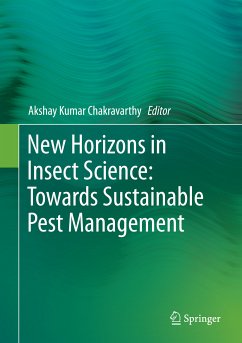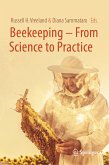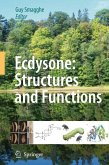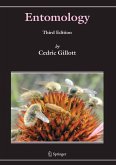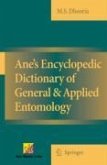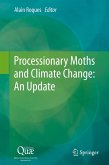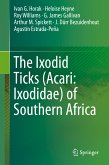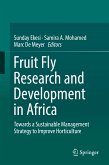Insect science is fast changing as insects are evolving to a plethora of newer chemical molecules, climate change, management tactics and transformation of the landscapes. Through the International Conference, the editors have attempted to gather together newer aspects of Insect Sciences like Insect Taxonomy, DNA Barcoding, Physiology, Toxicology, Vectors and their Management, Molecular Biology, RNA interference in Pest Management, Semiochemicals and Pest Management using Host Plant Resistance and Biological Control appropriated especially for the developing world. Both basic and applied aspects of insect science have been included to stimulate comprehensive studies on insect science. The book not only deals with insect science but also environmental and ecological aspects in the hope that the book will be of immense use to students, researchers, extension workers, planners, administrators, farmers and other end users. The Chapters on diversified aspects of Insect Science are contributed by leading scientists for the coming 21
st century in which entomology is witnessing a dramatic advancement in management of pests through in-depth investigations. The dimensions of Insect Science covered in the book are pest management approaches that can be adopted worldwide with ascent on sustainability.
Dieser Download kann aus rechtlichen Gründen nur mit Rechnungsadresse in A, B, BG, CY, CZ, D, DK, EW, E, FIN, F, GR, HR, H, IRL, I, LT, L, LR, M, NL, PL, P, R, S, SLO, SK ausgeliefert werden.

